RECOIL OFFGRID Preparation HRT LBAC Plate Carrier: The Evolution of Body Armor
In This Article
Ever since humans have decided to use pointy objects as a persuasive tool, they have been attempting to figure out ways to counter the tactic. Compared to its ancient ancestors, the HRT LBAC plate carrier is a modern marvel. Early protective garments were made of leather, fur and other lightweight materials, and usually only covered the torso and arms. Primitive armor offered some protection against slashing and blunt force impacts, as well as some degree of warmth and protection from the elements. As warfare and metallurgy advanced, so did armor design. Bronze, iron and steel were forged into plates and segments that could be arranged to maximize protection against a variety of weapons. Suits of armor such as these offered increased protection but were expensive to make, worn only by the wealthy elite.
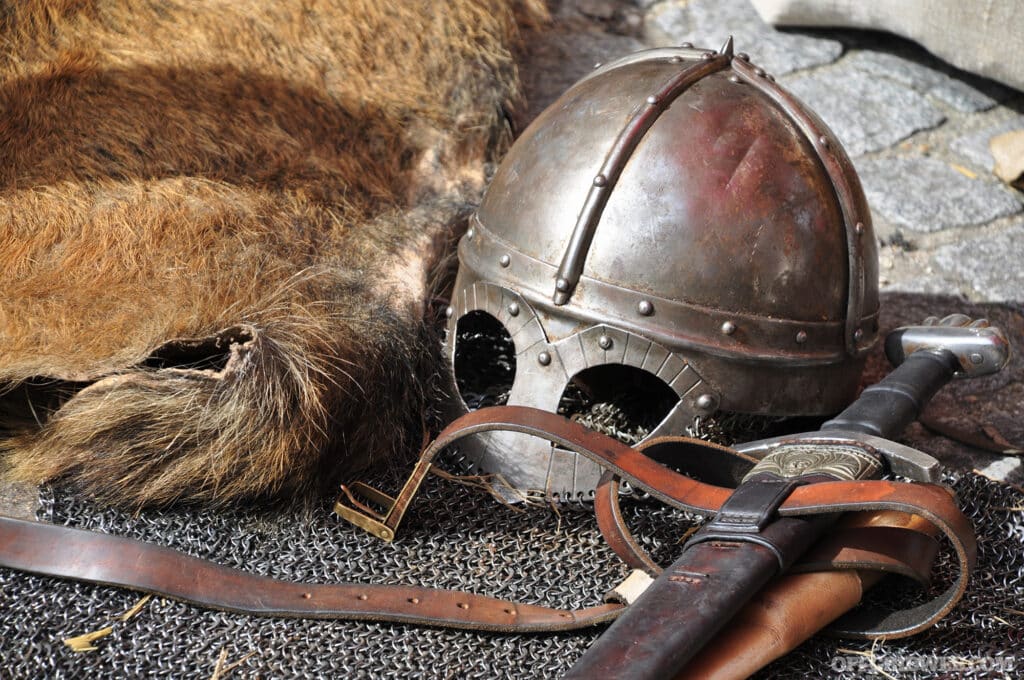
Above: Using things found in nature, like animal leather and raw metals, ancient humans invented ways to toughen their fleshy exteriors.
Fast forward a few thousand years, and the advent of black powder largely negated the effectiveness of steel plate. If a soldier couldn't hunker down in a tank, or behind reinforced concrete, firearms would easily pierce through historic steel plate armor. So instead of trying to run around with the weight of steel thick enough to stop a bullet, ancient armor was ditched in favor of being able to treat a wound quicker. Although this worked for a while, simply getting shot was still not the ideal way to engage in combat. Eventually chemistry and industry improved to a point where the ceramic plate was invented, and humanity has been using it to this day. Ceramic is lighter, and disperses energy better than steel, making it ideal for body armor.

Above: For a time, armor for the average soldier didn't really exist, instead relying on easy access to treat wounds quickly.
Having an advanced style of body armor also necessitates finding an effective way to wear it. Generals on the battlefield no longer assemble soldiers in rank and file formations which move methodically in an open area. These days, speed and mobility is the name of the game. To maintain a high level of agility, and stay armored at the same time, ceramic plates are used mainly to cover the body’s vital organs, leaving the arms, legs and lower half of the torso to move freely. Of course, this doesn’t offer perfect protection, but since all of the vital organs in a human body are in the center of its mass–the easiest place to aim at with a firearm–it is an effective way to stay alive in a firefight.
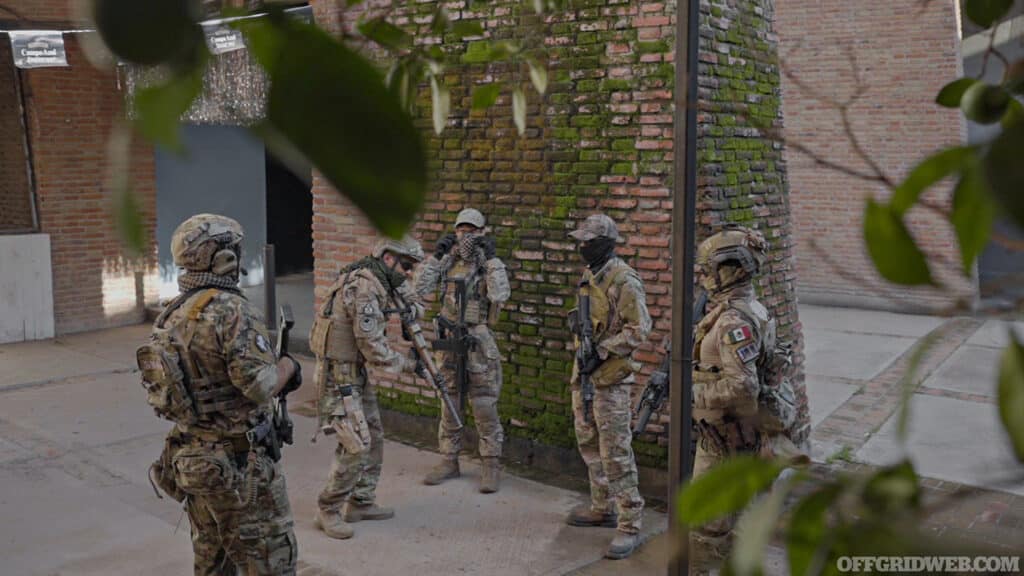
Above: Combining quick access to wounded extremities with armor protecting vital organs, modern soldiers receive the benefits of both protective measures.

Many systems have been tried in an attempt to keep that ceramic plate covering the most necessary bits. Flak jackets in the 60’s were fitted to have a plate slide into the front and back, but these were awkward, and still felt cumbersome. During the early 2000’s, advances were made in the form of the Outer Tactical Vest (OTV), and later the Improved Outer Tactical Vest (IOTV). Although they offered better mobility, it was still a bit bulky and exceedingly heavy. Moving in and out of vehicles and buildings wearing an IOTV could be difficult on its own. Start carrying any extra gear, ammo, or equipment and the extra weight added up quickly. Then along came the Adaptive Vest System, what is now colloquially known simply as a Plate Carrier. Plate carriers are minimalistic, ditching the extra Kevlar jacket bulk of an IOTV, and once soldiers began to take note of how great they functioned in combat, the body armor industry has never looked back.
HRT is a company that has been working with modern tactical body armor since the early 2000’s. They originally began as a company that focused solely on tactical training before evolving into one that produces tactical gear. During the training phase, HRT noticed how traditional plate carrier systems could be improved, and they used this insight to develop a product reflecting what ideal gear should look like. They pride themselves on making a product that can be used reliably in real-world, worst-case scenarios, including the Load Bearing Adaptive Carrier, otherwise known as the LBAC. By combining the HRT experience with a plethora of customer feedback, they designed the LBAC from the ground up to exceed expectations. The results are nothing short of impressive.
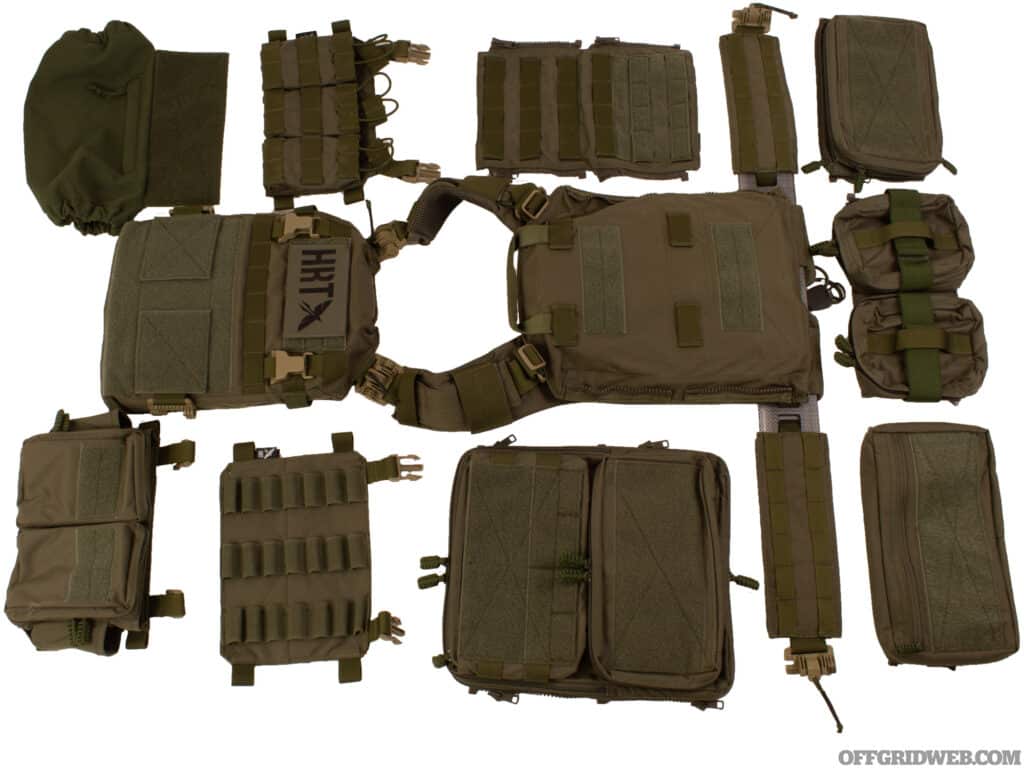
Above: The LBAC is modular and highly customizable.
Following the minimalist approach, the base LBAC, without any plates, pouches or accessories weighs a mere 2 pounds. Add two 10” x 12” ceramic plates and the LBAC can weigh between 10 and 14 pounds. That is less than half the weight of its predecessor, the IOTV. The cummerbund, back and shoulders are made with a stiffened material to evenly distribute weight around the body and avoid producing hot spots. Plates are held securely in place with a wide Velcro panel accessible from the bottom. The front and back panels are nearly form-fitting to the plates, so they do not slide around once they are inserted into the carrier.
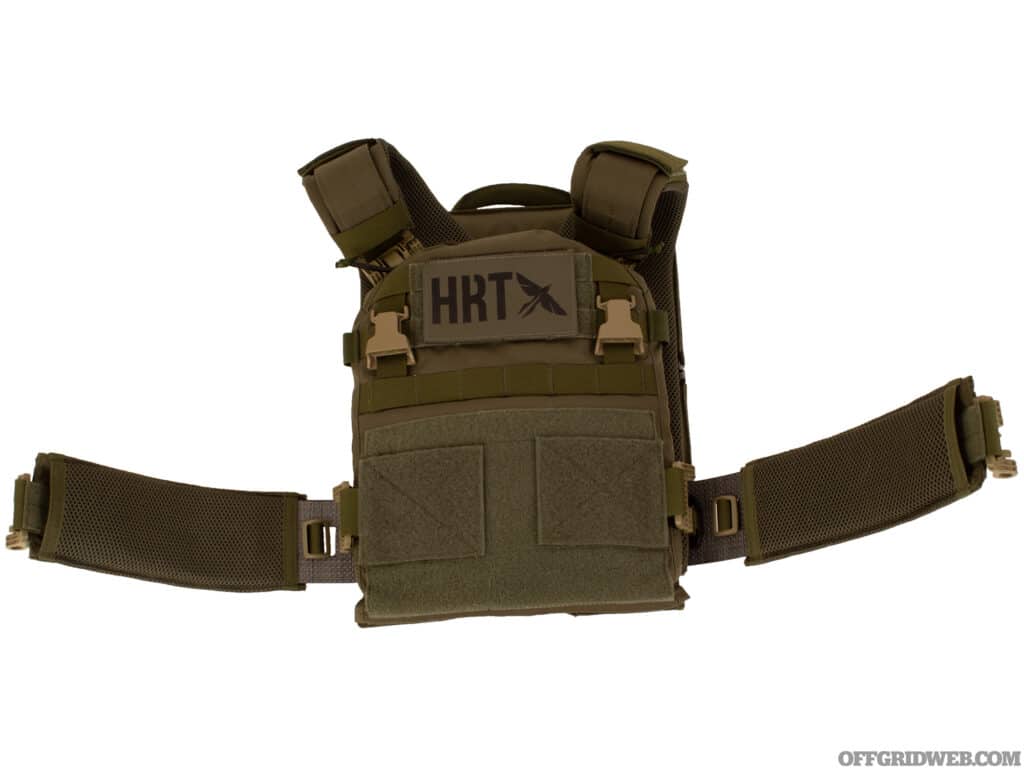
Above: A tough internal support system ensures the weight of the armor plates and any attached accessories is evenly distributed.
There are a few ways to adorn the LBAC depending on the user's preference. At each end of the cummerbund, and in the front ends of the shoulder harness, are quick release buckles. One quick tug down or to the sides, and the carrier comes free. Reattaching the buckles is easy as well. Just line up the pegs and they click back into place. Manipulating these buckles is as easy with bare hands as it is with thick winter gloves, which could be lifesaving if the wearer found themselves trapped underwater, or with the need to quickly get clear of whatever they became snagged on. Releasing the top buckles while leaving the cummerbund connected, or vice versa, gives access for medical or thermoregulating purposes while still offering a level of protection. In addition to the buckles on the cummerbund, Velcro panels hold the sides securely to the front panel of the LBAC, and can be torn free should the need arise.
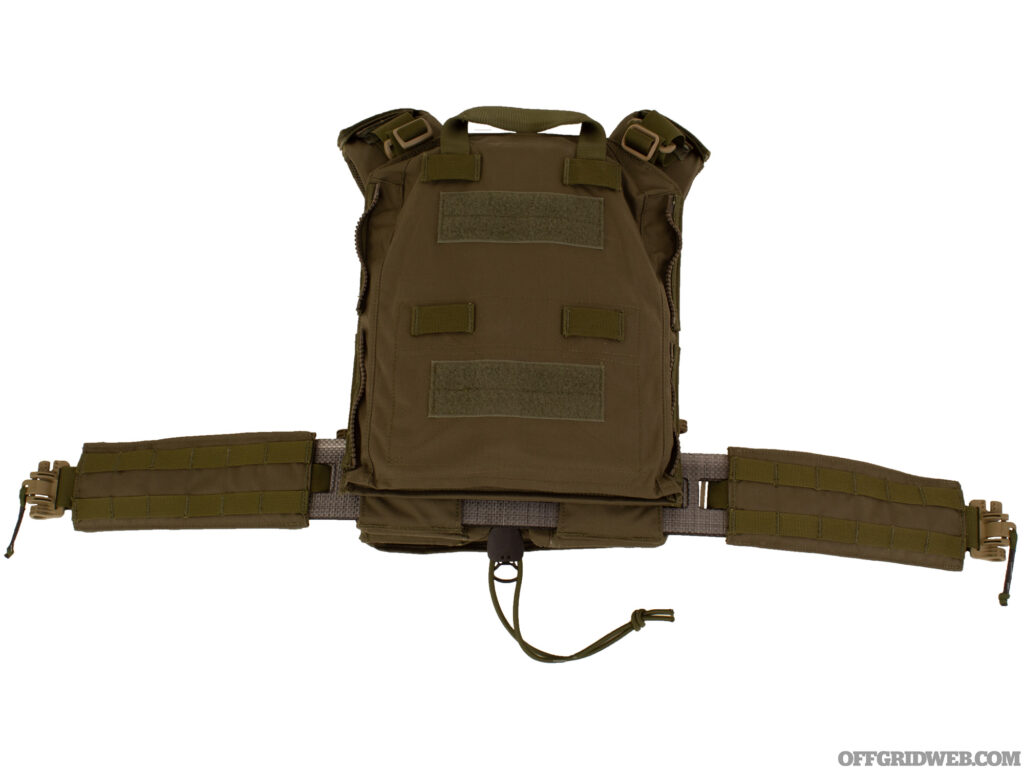
Above: The back and waist supports of the LBAC are fitted with Velcro and MOLLE to support a variety of attachments and gear.
Besides the advanced load bearing capabilities, one of the stand-out features of the LBAC is its customizability. HRT has designed a truly versatile system of interchangeable and compatible pouches and placards. No matter what an operator's role is within a stack, or what the tactical needs may be, there is a way to customize it to perfection. Having seen products fail during training exercises, special attention is made to ensure the LBAC and its accessories are constructed to a high standard. All the material is made with 500 denier Cordura and double stitched, so even if this carrier were being dragged through a gravel pit, it would come out the other side intact.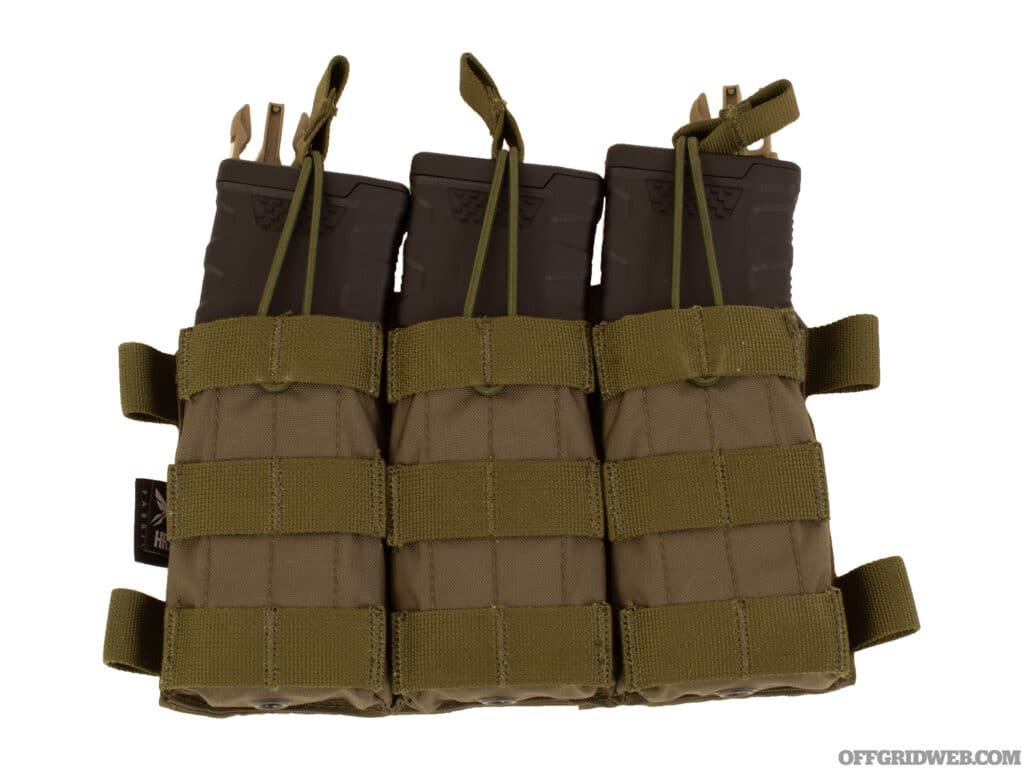
Above: Quick release bungie cords keep magazines in place while offering a hasty means of grabbing one.
Placards, the accessories that attach to the front of the LBAC, focus primarily on what is most important in a fire fight: having enough ammo. There are AR and pistol mag options, as well as a shotgun placard. Most of these are one magazine thick, keeping the front profile slim and allowing the wearer to move their weapon platform around easily without a huge stack of magazines getting in the way. However, with the MOLLE placard, magazine pouches with greater capacity could be added, and the HRT Maximus Placard includes two admin pouches with plenty of room for other supplies. To cover every possible base, there are “hanger” accessories that attach below the front plate, like the Tactical Hand Warmer for cold weather scenarios. All of these placards can be quickly swapped via buckle and Velcro, depending on what the mission dictates.
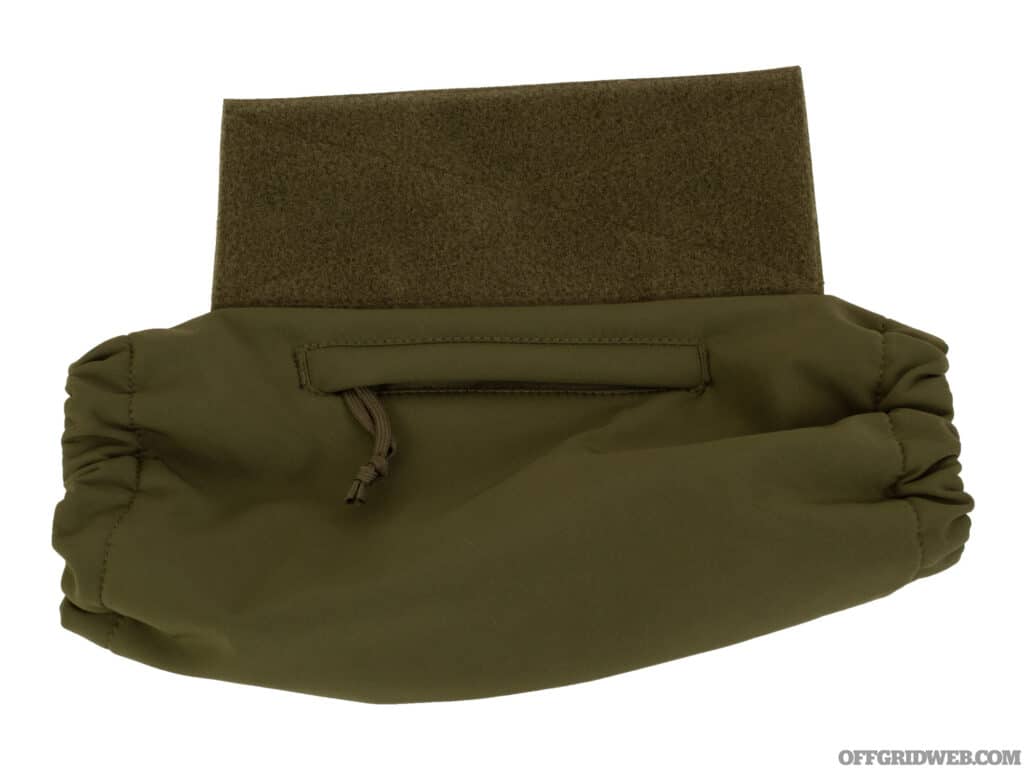
Above: For cold environments, a hand warming pouch can be utilized to keep trigger fingers at the ready without the bulk of gloves getting in the way.
What often goes overlooked by many people who watch movies with military operators, is how often back panels are used by other members of the team, and not necessarily the person who wears it. Often they are used as tactical supply depots, filled with extra ammo, batteries, food, medical gear, and even equipment used to breach doors and windows. Instead of worrying about how to keep all this extra stuff easily accessible on oneself, an operator can simply use the person in front of them. In this regard, HRT Back Panels further increase the versatility of the LBAC. Rather than increasing the size of the wearer's profile with an assault pack, the LBAC has customizable packs that can be swapped out or rearranged. A combination of dual YKK zipper sections, MOLLE, and Velcro keep each back panel fixed firmly in place. One of the largest panels, the HRT Zip-On Hydro Max is only 10” by 10” by 4” and can hold a 1.5L hydration bladder and a ton of extra gear. Other options like the General Purpose, or Dual Removable GP pouches can minimize the bulk while still adding plenty of storage, and a dedicated MOLLE panel can hold anything with MOLLE attachments. Just like with the placards, back panels can be interchanged and swapped for any situation.
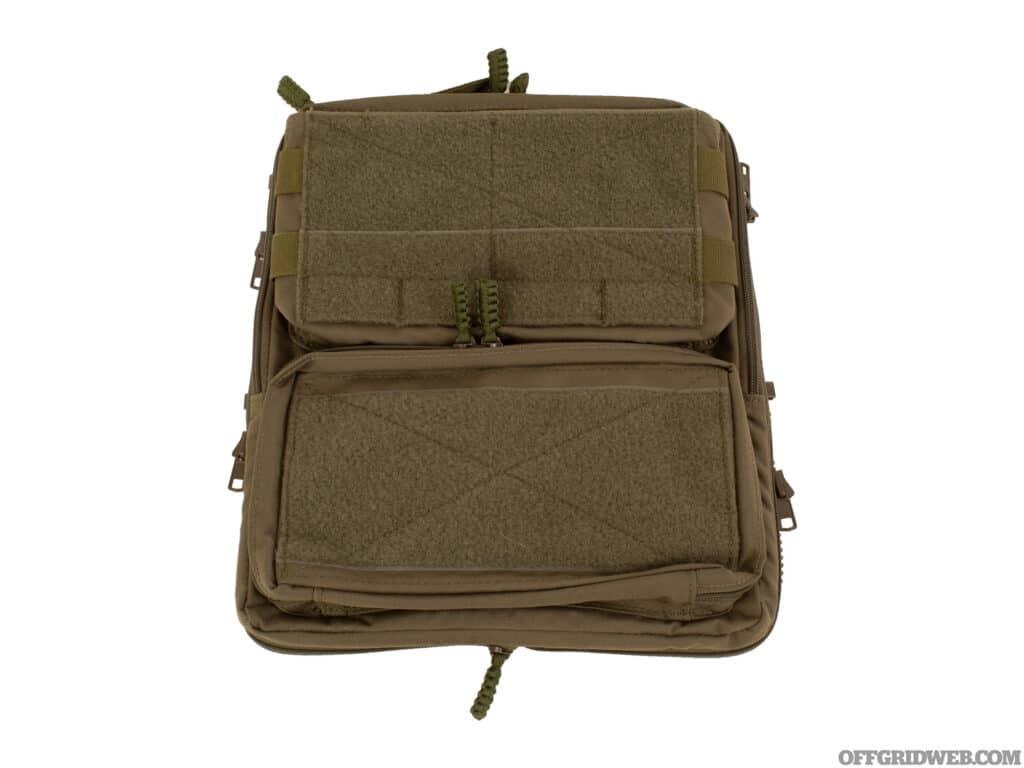
Above: A robust back panel for the plate carrier can hold supplies and gear easily accessible by teammates.
If there is anything the past few years has taught us, it is that danger can manifest any time, anywhere. Being on the business end of an angry person with a firearm is not restricted to the battlefield. Just ask the business owners whose shops were looted and set on fire throughout the United States, or the innumerable refugees from broken and war-torn countries. There are literally tens of millions of people, even now, who have been forcibly displaced due to violence. How many lives could be saved with the help of some modern day body armor?
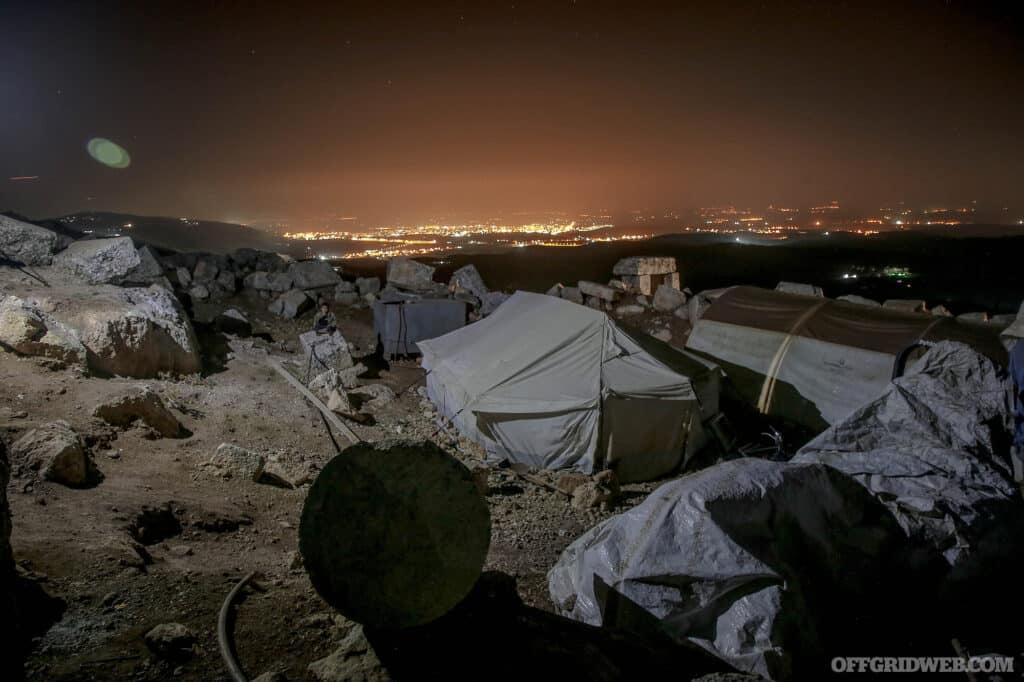
Above: Civil unrest, refugees seeking help, and people living in dangerous places could potentially prevent serious injury or death by wearing armor.
Having armor is no longer just for elite warriors or military personnel. It has become affordable, lightweight, and easy to use on a daily basis. It’s a sobering reality, but as law enforcement agencies face budget cuts, and crime rates rise, the need for self protection also increases. Even if it can’t be loaded down with ammo, an HRT LBAC could be donned and filled with everything needed to move to a safer location quickly. For those who train with firearms regularly, wearing body armor while doing so could add a new level of challenge to the training regimen, or increase survivability in a real-world scenario.
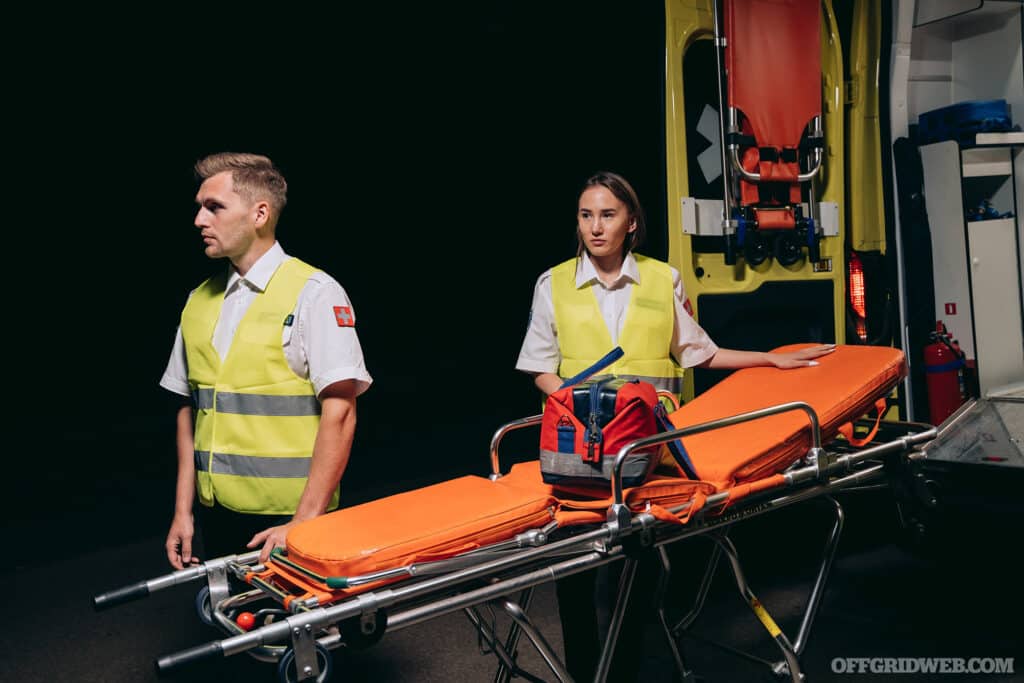
Above: EMTs rushing to the scene of a dangerous emergency to help people could be at risk from bullets and shrapnel.
Outside of the civilian realm, other first responders could make great use of body armor. EMTs responding to triage during a dangerous situation like an active shooter, or bombing with the potential for a secondary device, could be armored and protected. An HRT back panel or placard filled with medical supplies would be easy to get to and use once on scene. Search and Rescue operators attempting to locate a despondent and potentially armed missing subject could use body armor to mitigate the risk of having a firearm pointed in their direction. Basically anyone who has the chance of being shot or hit with shrapnel could save their lives by having a plate carrier at the ready. And with a company like HRT making a versatile product like the LBAC, anyone with the resources could have a greater chance of making it through the worst of times.
For more information on HRT Tactical Gear and the LBAC plate carrier, go to hrttacticalgear.com.
 STAY SAFE: Download a Free copy of the OFFGRID Outbreak Issue
STAY SAFE: Download a Free copy of the OFFGRID Outbreak Issue
No Comments